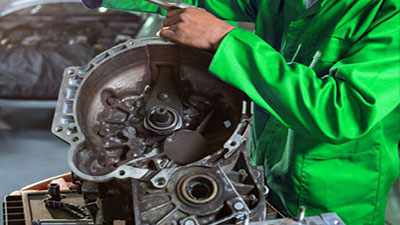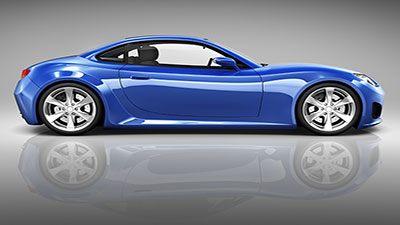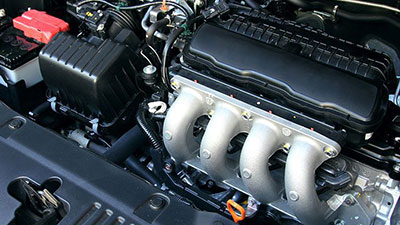Taking care of your alternator
When the alternator malfunctions or stops working it can mean expensive repairs, inconvenience or a break down. The alternator, which powers the vehicle’s electrical system and computers, not only provides current to operate all of your car’s electrical accessories and the engine – it keeps the vehicle’s battery charged. The battery’s job is to start the car, and the alternator keeps it running.
Cars today with their fancy headlights, navigation systems, stereo systems with multiple speakers, rear window defrosters, in-car television or DVD players, heating and air conditioning systems place extra work on the alternator and the battery which are then often hard pressed to keep everything functioning. Demands can often exceed the alternator’s capacity, leading to less performance from accessories – and ultimately to a dead battery.
Possible alternator warning signs:
An automotive service centre can check your vehicle’s electrical system, make sure the battery is fine and check the alternator output to make sure it’s operating properly. If the alternator is the issue, replace it or ask if the automotive service centre offers a re-manufactured one.















